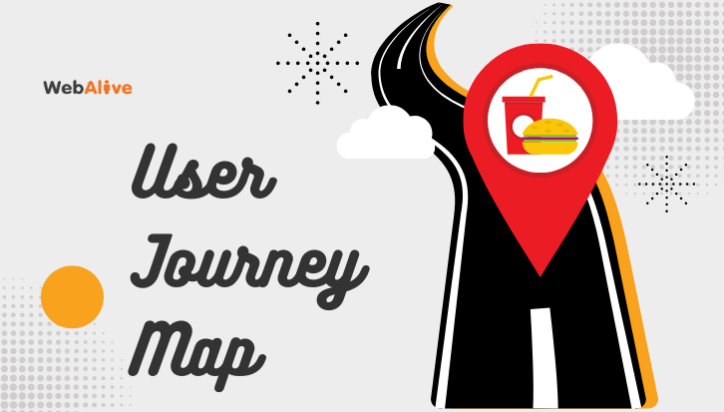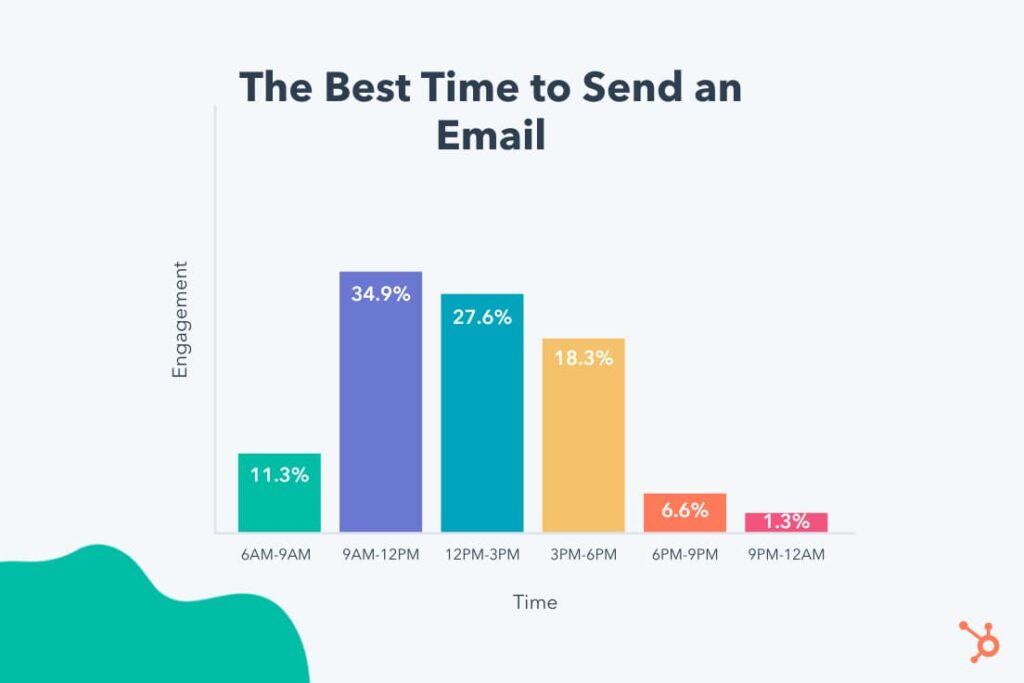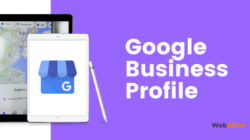
User Journey Map: How to Guide Your Visitors to Conversions
No matter what field you work in, putting customer needs first is key to success. But before an individual becomes a customer, they are a visitor. A visitor is someone who interacts with your products or services, whether through apps for Shopify, social media, your website, or email marketing. But crucially, they’re not yet a paying customer.
Getting visitors to make this transition, and gain those valuable conversions is the lifeblood of any business. Making sure you have those must-have website features is important, but it’s also vital to clearly map a user’s journey, and discover how, when, and why they interact with your business and brand.
Let’s look at what a user journey map consists of in more detail.

What is a user journey map?
Like a traditional map, a user journey map shows a route or journey visually. The difference is, that a user journey map shows the steps towards a goal rather than a location, and includes information about the user’s thoughts and feelings.
A lot of modern communication happens via the internet, with VoIP caller technology and email, and as such your user journey map should include all online interactions in order to glean insights from them. For businesses with physical locations too, this might mean making two maps – an in-store one and a digital one – though they will likely overlap.
The usual format of a map is to start with the user themself, and an outline of their goals. The phases of the journey will then be shown, culminating in the users’ thoughts and feelings regarding the journey.
The map generally concludes with insights and opportunities that the mapping has revealed. That way, you can get a precise and detailed insight into what works from the user’s point of view and what doesn’t.

Key components of a user journey map
Although most user journey maps will have elements in common, to be really effective, they should also be customised. These customisations are necessary because there can be a wide variation in what a business wants to gain from the information mapping provides.
The information may also be used for differing purposes, for example, to improve the website experience, write great product descriptions, or find out why cart abandonment is occurring.
With that in mind, here are some key elements most maps should include:
Customer persona
The customer persona is a fictional version of the customer, based on data. It should include things like geographic location, average income, demographic information, and goals. The more specific you can make the persona, the better.
Journey stages
These are the steps the customer follows from their initial introduction to your brand, to engagement and onwards. Although these steps may not happen in a neat sequence (for instance, they may encounter you on social media, go to your website, bounce back to social media, etc), it’s clearer if they are shown this way on the map.
Touch points
Each time a customer interacts, a point of contact is made. These are touch points. Touch points can be things like a website, your call centre as a service solution, a Facebook page or other social media profile, or online adverts or reviews.
Customer actions and reactions
These are the things a customer does at each point of contact or touch point. These could be things like clicking a link, following your Twitter account, or calling to ask questions.
The reactions are how the customer feels or responds to interactions. These might be represented by things customers have said or comments they have left.
Pain points
These are the obstacles, challenges or sticking points that users encounter. For instance, do they struggle to add products to a basket on mobile, and have to switch to a computer? That’s a pain point. These must ultimately be eliminated, as they are barriers to a good user experience.
A review website is a great source of information to include in your user journey map as it can provide valuable insights into how users feel about their experience with your brand. Consider incorporating reviews from multiple sources to get a well-rounded view of your customers’ experiences.

Customer’s emotional journey
This is information gathered by asking how users feel about their experience. It can be as simple as adding a pop-up saying ‘How did you find your experience today’ when they go to leave a page. This is valuable data as it will highlight exactly where work needs to be done to improve the experience.
Types of user journey maps
There are a few different types of user journey maps. Which is most suitable for you will depend on where you need to focus most.
Current state journey maps
These are the most common type of journey maps. They focus on the experience of a user in the present. They are ideal for getting a snapshot of how things currently stand, and can quickly highlight pain points, meaning you can make changes quickly.
Day in the life journey maps
This type of map takes a broader approach and looks at the customer’s whole day. This includes experiences outside of interacting with the brand. Putting this all together can give some extremely interesting and valuable insights that can impact the user journey as a whole. For instance, it might impact when you send out your email marketing.

Future state journey maps
As the name suggests, this type of map looks at a user’s aspirations and wants. By its very nature this type of map is more creative and speculative. It aims to create a picture of how users may feel about the brand experience in future.
Blueprint journey maps
This is quite an abstract form of user journey map, meant to provide insights into why points of pain occur and how they can be fixed. Current or future state maps are usually the starting point for creating blueprint journey maps.
Making a user journey map
While you can sketch out maps by hand, it may be easier to use a user journey map tool. No matter what method you choose, however, there are few key things to bear in mind:
Scope
Decide what your goals are. Are you looking to improve the ordering experience for customers? Are you trying to understand which online channels bring the most engagement? Or are you looking for a general overview to improve conversions and sales?
Know the user
Make sure you have a good idea of who your potential customers are. Having a profile of a typical user will help gauge what they need, want, and which problems they are trying to find solutions to.
Map the journey and touch points
Make a list of every touch point between your users and the business. These can be everything from website hits to all your available VoIP numbers. Then, map out how people interact. This can be as complex or simple as desired. It could take the form of a timeline or a picture, or notes stuck on a wall. The important thing is that it shows exactly what’s happening when a user interacts with the business.
Try and verify the map
If you were revamping your website, you might look at the latest web design trends, and try out and test ideas. It’s the same principle with your user journey map. Walk through the stages and touch points, put yourself in the shoes of a user.
Verify the information on the map by checking analytics and reviews written by users. Check that the experience you have mapped is realistic and representative. Refine and finesse the map accordingly.

User journey maps: tips for success
The purpose of a user journey map is to help you make changes and improvements to your business operations and customer service. The mapping might give you insights such as the need to incorporate email marketing or reveal sticking points with accessing product information and prices.
But this is only possible if you get the map right in the first place. Make sure you use real, reliable data to populate the map. It will be necessary to make assumptions about the user experience in order to make the map, but it’s vital to base these assumptions on accurate data.
Another point to consider in terms of the information you build the map with, is that your marketing funnel and a journey map are not the same thing. Although both have common elements, a user journey map is much more concerned with the user’s feelings and experience, whereas a marketing funnel is about how a customer is steered towards a particular goal.
It’s also important to realise that your map will need to evolve and change as new information and data comes along. In a sense a good user journey map is never complete, it’s an ongoing project that rewards with a regular flow of useful information.
Mapping the way ahead
User journey maps are a valuable tool for any business. They are visual representations of how users come to your brand, how their journey progresses and how they feel about the experience. As such, they are useful across a variety of departments. Whether it’s product design taking into account what users are looking for, or the marketing department designing their next campaign, a good quality map can help ensure your visitors complete the journey to becoming customers.
You read a lot. We like that
Want to take your online business to the next level? Get the tips and insights that matter.


